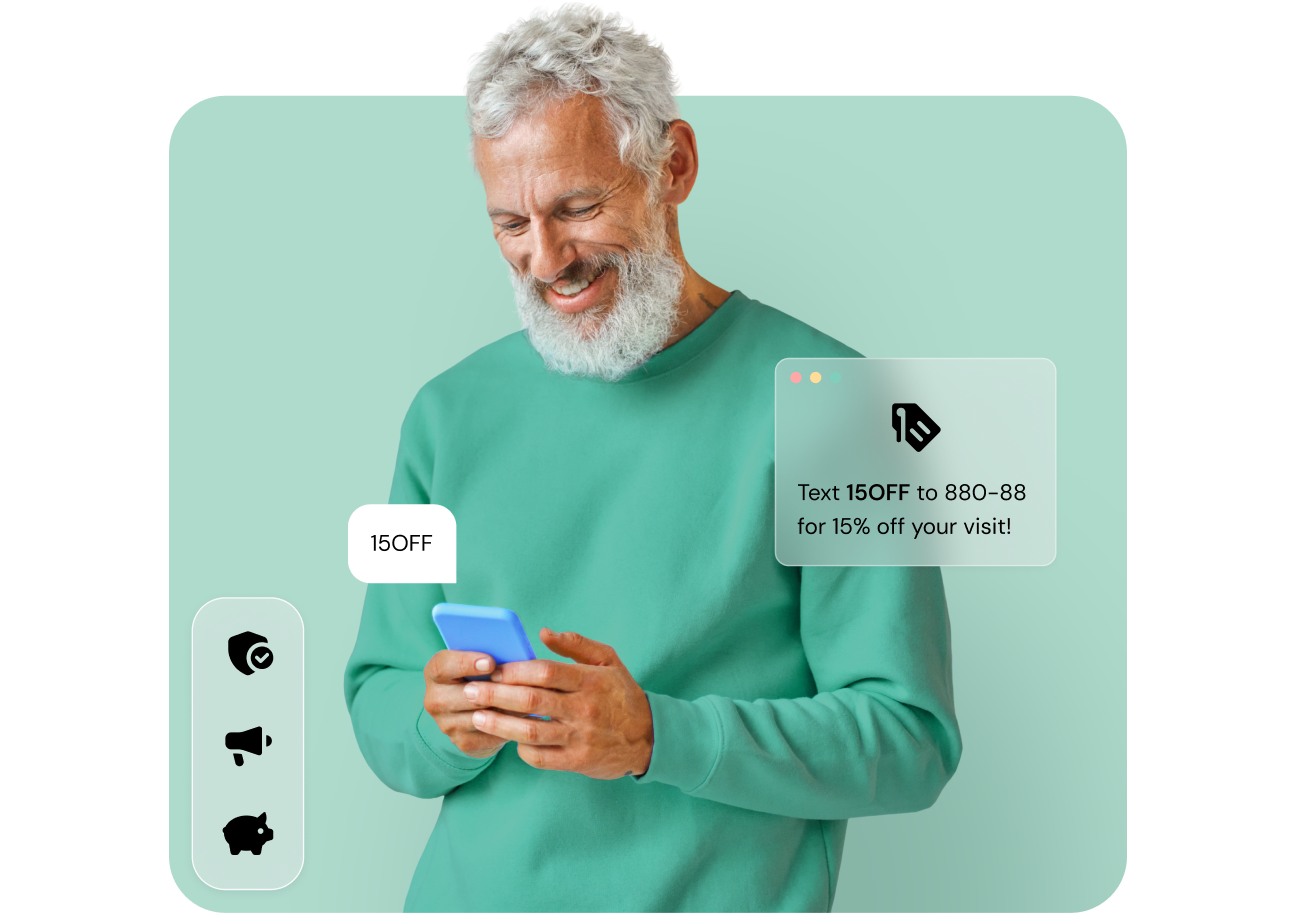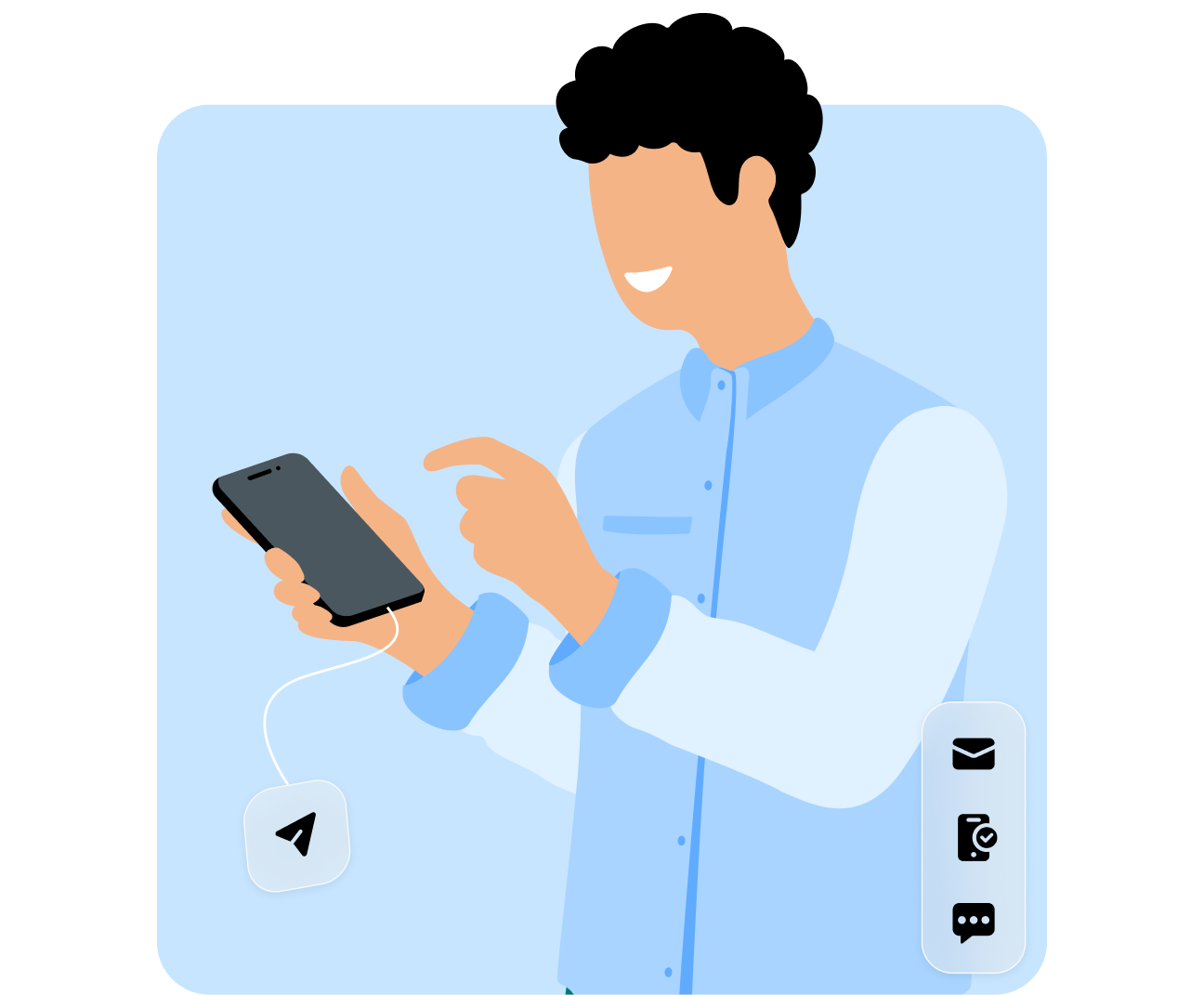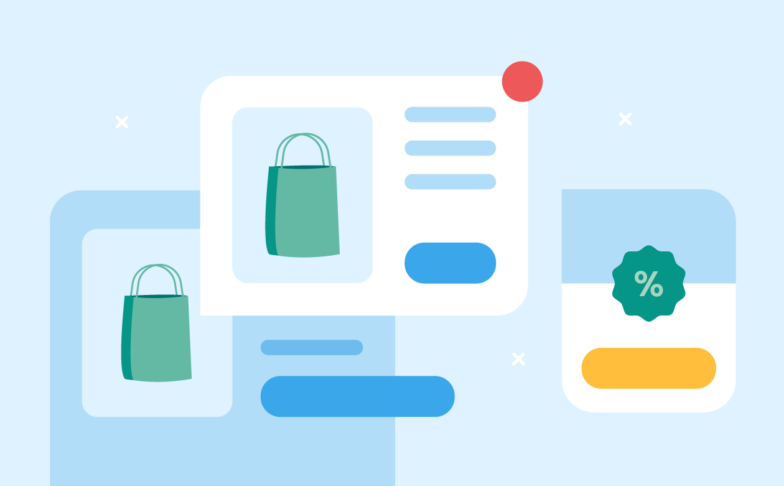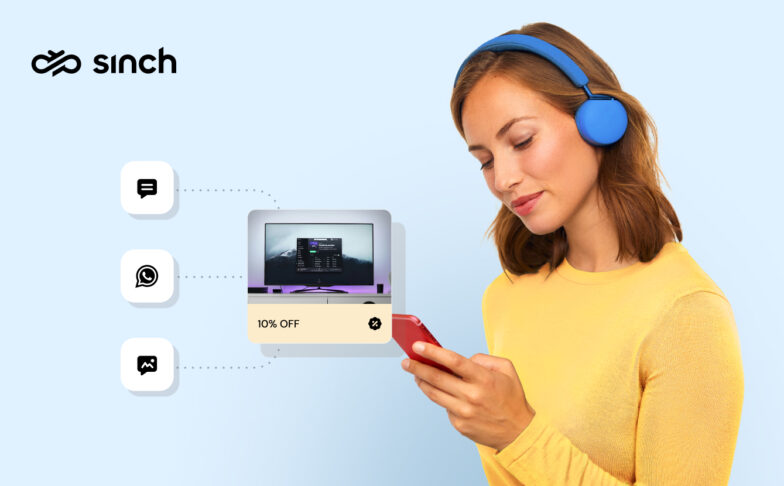SHORT CODES
Recognizable numbers for SMS campaigns and messaging
Your number represents your brand, so why not make it recognizable? Short, sweet, and simple!

Join over 150,000 businesses, including 8 of the 10 largest tech companies in the world





